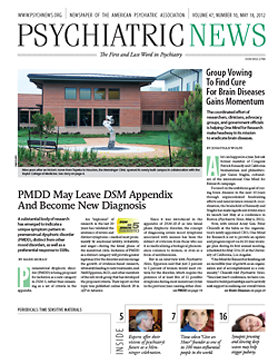The National Institutes of Health (NIH) and Eli Lilly and Co. announced on March 13 that they will work together to characterize the biochemical effects of thousands of drugs, in the hope of producing a wealth of information to help propel discovery of new drugs.
In this public-private collaboration, NIH will contribute 3,800 drug substances from the NCATS Pharmaceutical Collection (NPC), and Eli Lilly will provide the technology to rapidly run these substances through a panel of tests. The screening technology, known as a phenotypic drug discovery (PD2) panel, should reveal important data on how each drug acts on various physiological systems in the body.
(NCATS stands for National Center for Advancing Translational Sciences, a newly established institute under NIH to speed up the “translation” from bench research to new diagnoses and treatments at the bedside.)
Although medicine is a scientific endeavor, most drugs widely used today were discovered by accident or by imitating the molecular structure of other effective drugs. Scientists believe they do not know enough about the physiological mechanisms of each drug’s effectiveness and side effects.
In the next one to two years, the drug substances from the NPC will be profiled for their biochemical effects via PD2. This information may provide clues to the why and how of their efficacy and side effects, knowledge that can lead to more rational designs of new drugs and better understandings of disease pathologies.
The NPC includes small molecules that have been approved for human use by the Food and Drug Administration and its counterparts in Europe, Japan, and Canada. This collection consists of both the chemical properties of the drugs and physical substances obtained from suppliers and manufacturers.
Lilly’s PD2 is part of the company’s Open Innovation program, which allows academic and independent researchers to run any molecule through a number of tests based on its chemical structure and characterize its effects on physiological pathways relevant to common diseases. This process can save researchers the time and cost of doing the testing themselves. If a molecule looks promising, the researcher or institution retains ownership of the molecule. Meanwhile, Lilly gets a first look at the molecule’s analysis results and a “first bite” to collaborate with researchers on development of a potential medication.
In the past decade, the pharmaceutical industry has made little progress in discovering or engineering breakthrough drugs for many diseases, including neuropsychiatric diseases, despite billions of dollars invested in research and significant advances in basic science. This collaboration between NCATS and Eli Lilly may generate useful information to facilitate a bloom of new drugs downstream.
“The proposed collaboration between NIH and Eli Lilly is an important and much-needed effort to effect synergies among the pharmaceutical industry, academic research community, and the government,” Jeffrey Lieberman, M.D., APA’s president-elect, commented to Psychiatric News. “The lack of progress and recent retreat from psychotropic drug development by pharmaceutical companies has been unfortunate and unwelcome and also flies in the face of the enormous unmet clinical need and abundant market potential in the mental disorder space,” he noted.
Lieberman, who is chair of psychiatry at Columbia University and director of the New York State Psychiatric Institute, hopes this private-public initiative will spur additional innovations and progress in the development of pharmacological treatments for brain disorders.


